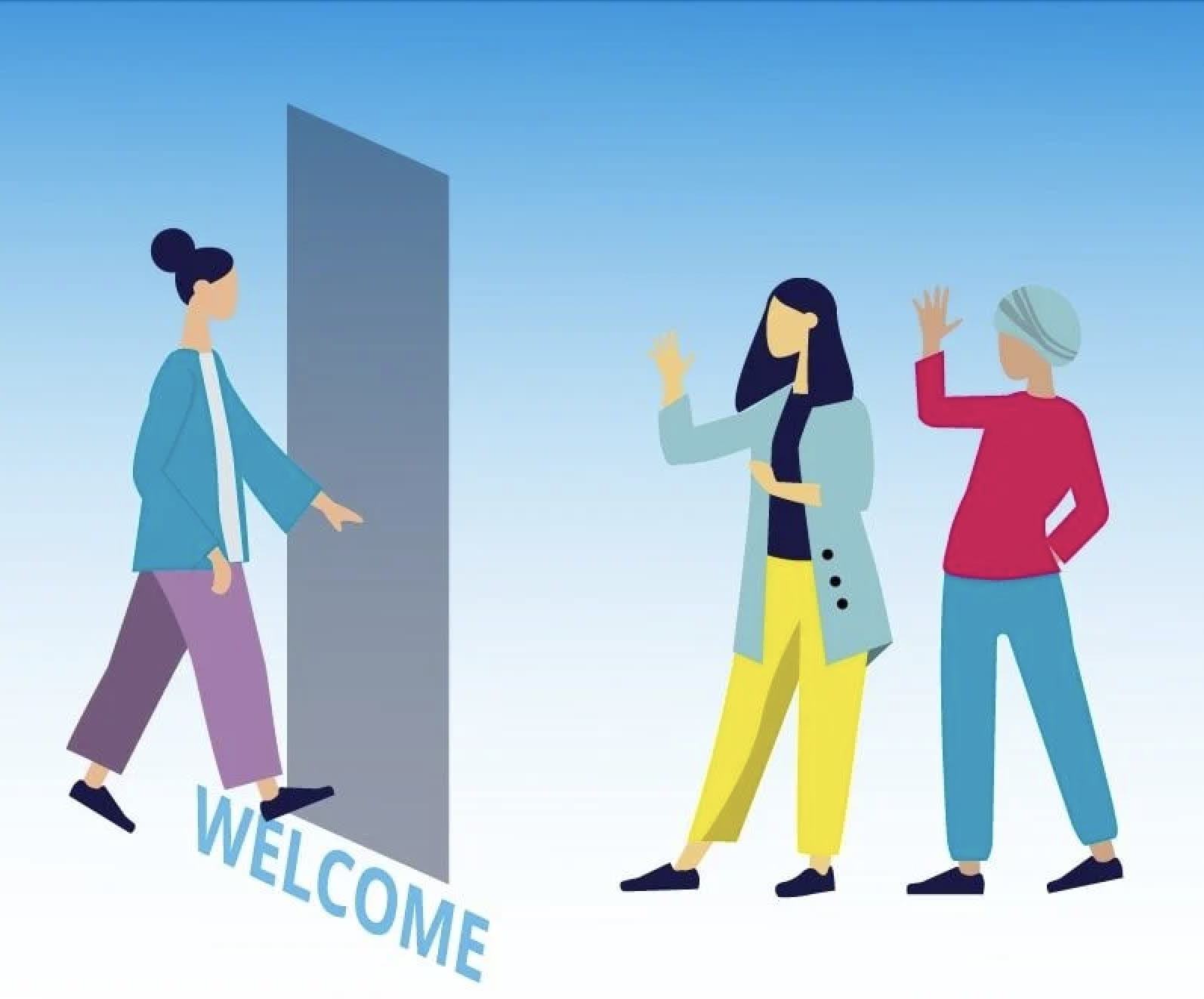I’ve been thinking a lot this past year about the pros and cons of open and closed communities, and the confusion we sometimes have about which is which. Let’s start with some definitions of sorts from Wikipedia.
The term “open” for an open community refers to the opportunity for anyone to join and contribute to the collaborative effort. The direction and goals are determined collaboratively by all members of the community. A closed community intentionally limits links with outsiders and outside communities. Closed communities may be of a religious, ethnic, or political nature. Governance of closed societies varies. Typically, members of closed communities are either born into the community or are accepted into it. The opposite of a closed community is an open community, which maintains social relations with external communities.
I will argue that there is a need for both in the Jewish world, but that we often confuse the two, Our organization, Chai Mitzvah, has groups that form and want to stay closed since the participants form an intimate bond through their time together discussing Jewish texts from a very personal perspective. We also offer open virtual groups where new people join regularly – even though the conversations remain intimate and personal. These virtual groups serve another purpose as they deliberately welcome new participants through introductions and conversation. Some of these people become “regulars,” others join sporadically.

Synagogue services are generally open communities although sometimes people feel as they are closed. Anyone is welcome to come to services. You don’t need an invitation. However, whether one feels welcome depends on the deliberate actions of the regulars. How are people welcomed? Are they spoken to after services? Many congregations have gotten much better at welcoming people at the door, even with the needs for increased security, which poses another challenge.
Other organizations say they are open, but actually function like closed groups. I know first hand of individuals who moved to a community and tried to get invited to One Table but never could secure an invitation. It seemed that the hosts used the Open Table format to invite people they already knew. The same experience happened with Moishe House. This is not necessarily a bad thing, but we should be honest when what we think is an open organization is actually closed.
Or perhaps it is not the intention of either of these organizations to be closed. If so, then much more planning in terms of outreach techniques to welcome the stranger is needed.When people congregate in large groups, name tags, ice breakers, and personal introductions help alleviate the anxiety of entering an “open community” so that it truly feels open.
We need to honestly decide which type of community we want to be, and act in accordance with our decision. Open and closed groups each offer different opportunities for participants… but let’s be honest and clear about which is which.
Copyright © 2025 Chai Mitzvah. All rights reserved. Website designed by Addicott Web.
Leave a Reply